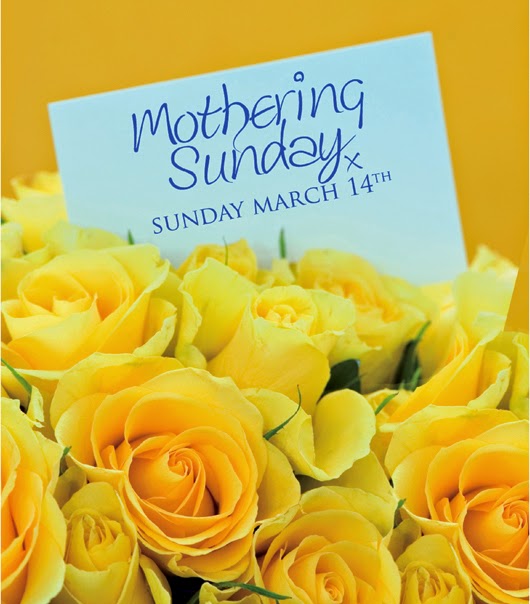Long story
short, today I happened upon a copy of “A London Year” [*] a compilation
of diary and journal entries reflecting London life in yester year. It seemed
natural to turn to today’s date, curious as to the entry. It turned out to be a
lively tale of one-up-man ship (or reverse snobbery – I’ve yet to decide) about
owls.
The journal
entry dates from 1881 and was made by a gentleman with the grand name of
Mountstuart Grant Duff. This day 134-years ago, Duff dined at his club, the Athenaeum,
with two friends. He recounts a conversation whereby one friend claimed you
could buy anything and everything in London.
Determined to be underwhelmed the
other friends reply was:
“Really? Well not everything. I wanted
to buy an owl the other day …and I had to send to the country for that.”
“Had you? Then come with me to Leadenhall
market, to-morrow.”
The following
day the two men went to Leadenhall and walked up to a livestock stall.
Inquiries were made of the stallholder, and when asked if he had owls for sale
the man replied:
“No sir, not today, this is Wednesday.
Tuesday and Fridays are the days for owls.”
All of which
left me slightly worried about where the owls came from and what they were
used for. Hey ho. Anyway, broadening out the topic let’s take a look at some of
the folklore associated with owls. Indeed, in popular culture of the day (late
Victorian times) many people actively disliked the bird as they thought it an
omen of death.
“When a screech-owl is heard crying
near a house, it is an indication of death on the premises. When a barn-owl
alights on a house, hoots and then flies over it, an inmate will die within the
year.” Trevelyn
(writing slightly later in 1909)
And an owl
was also a bad omen for livestock
“…a cow will give bloody milk if it is
frightened by an owl, and will fall sick and die if touched by it.” Folklore 1874
 |
| Night owl - etching by Harrison Weir |
Suspicion of
owls had a long history, as recorded by Chaucer’s Parliament of Fowls written around 1380:
“The oule eke, that of deth the bode
bringeth [sic]”
Indeed, in
India it is an insult to call a person an “owl” because it implies they bring
bad luck with them. One can only speculate why the poor owl came by such a bad
reputation, perhaps it was because of their silent flight and that eerie
nocturnal cry.
And finally,
it seems there was no term recorded for a group of owls until the 1950s! The
credit for the most commonly used collective ‘a parliament of owls' was first
used by CS Lewis in The Chronicles of
Narnia. It seems CS Lewis adapted the expression from Chaucer’s poem,
referenced above, called a Parliament of
Fowls.
[*] A LondonYear. Compiled by Elborough & Rennison. Publishers: Francis Lincoln
Limited.


























